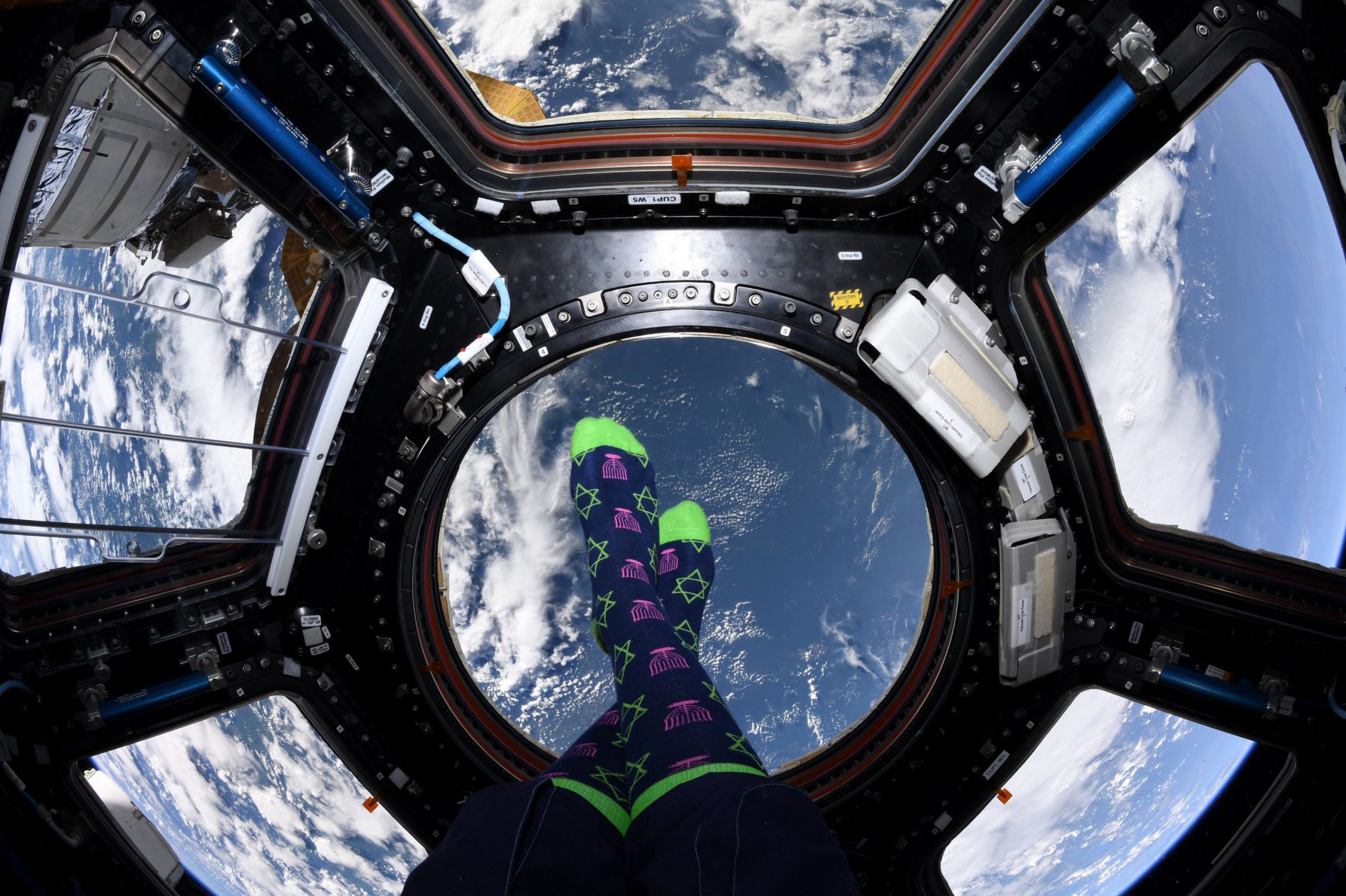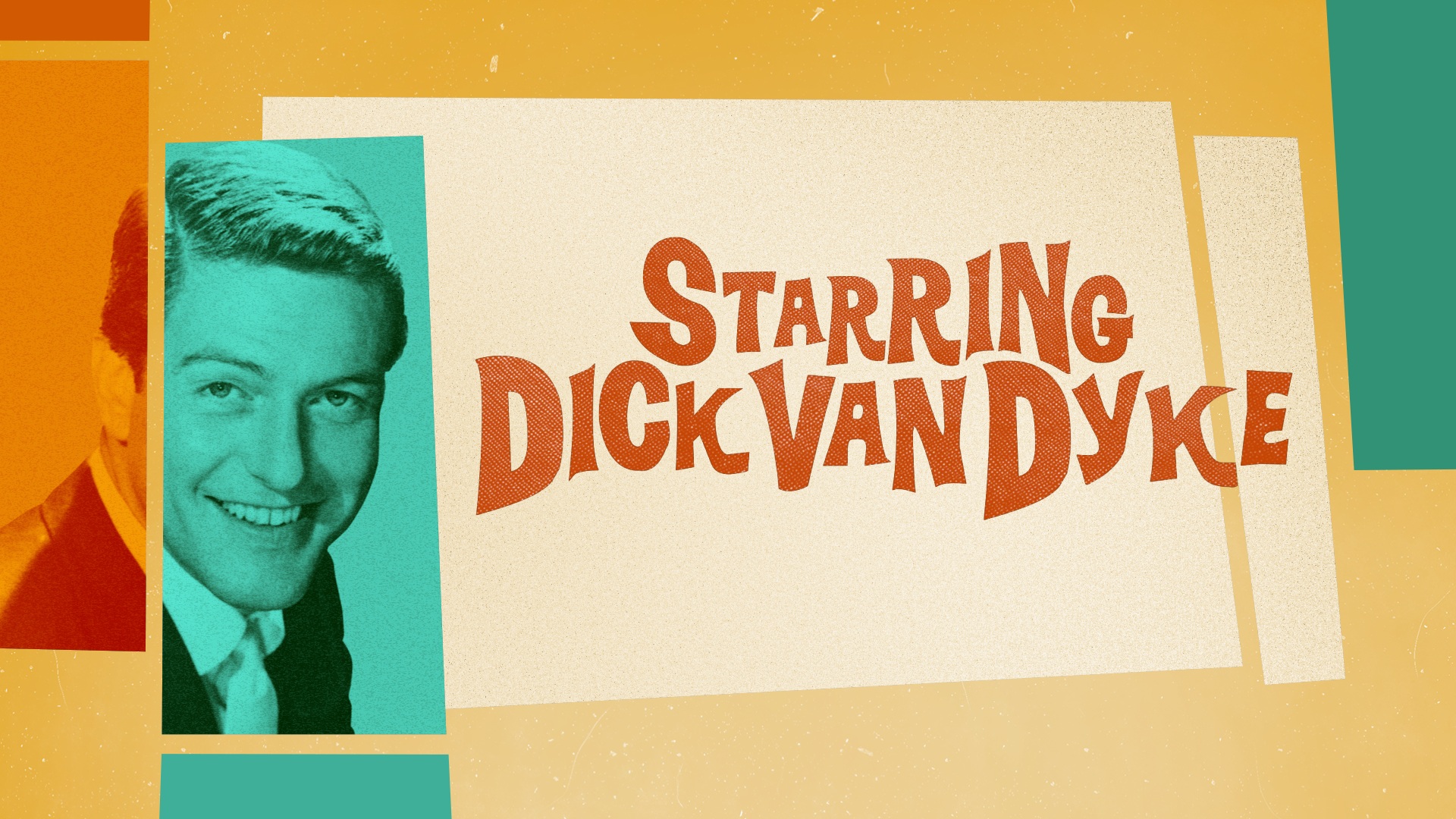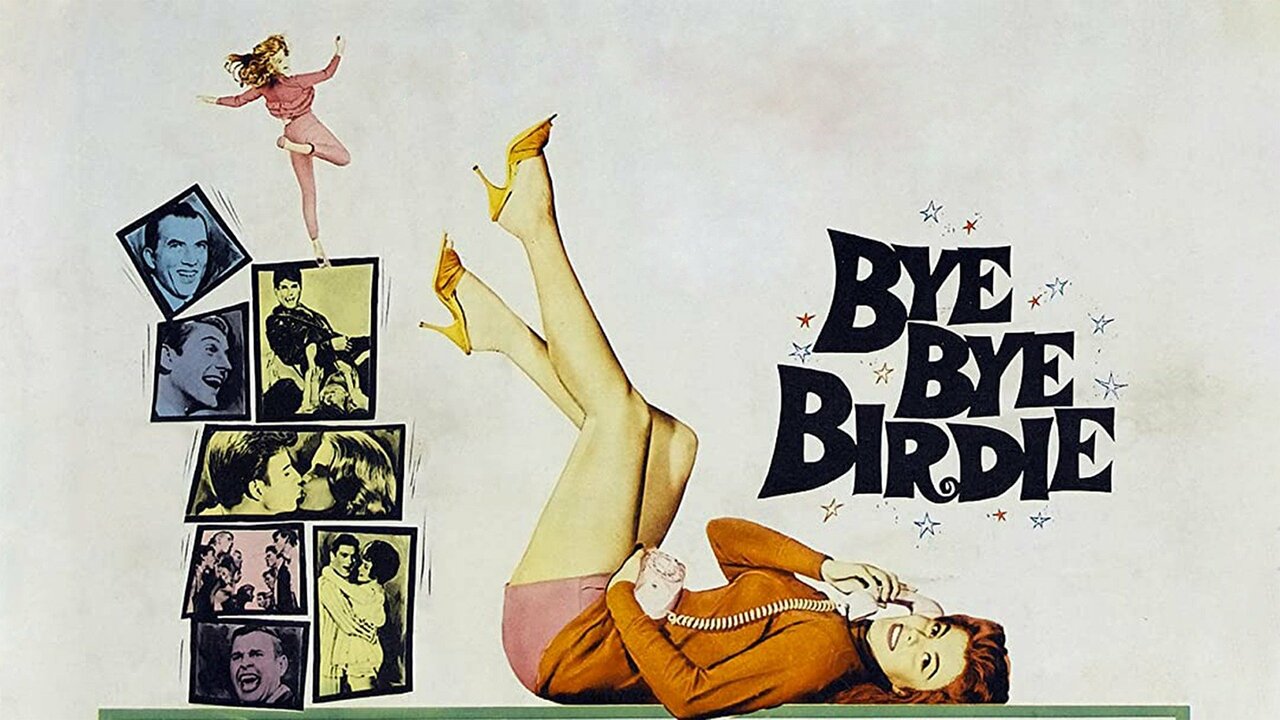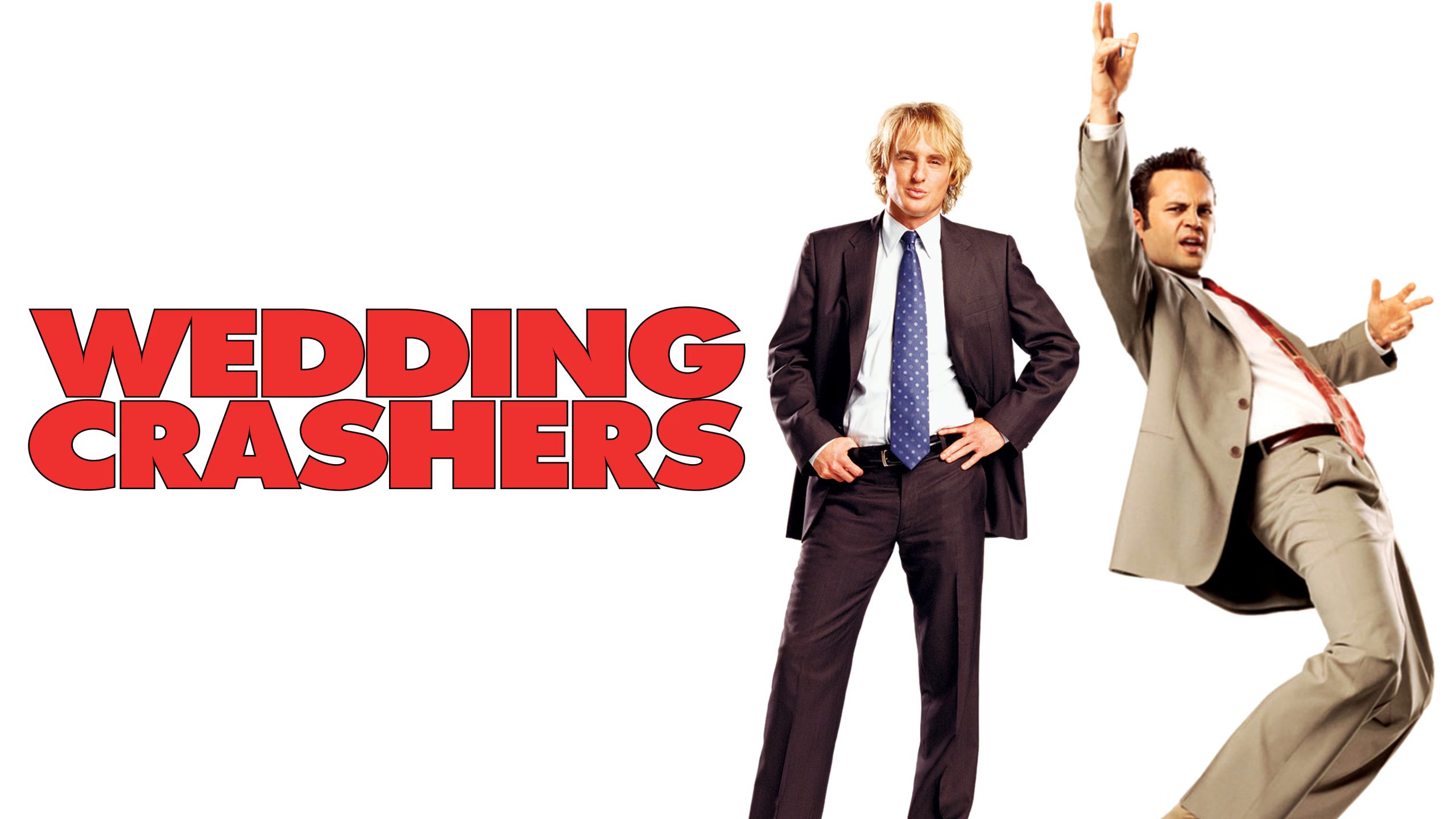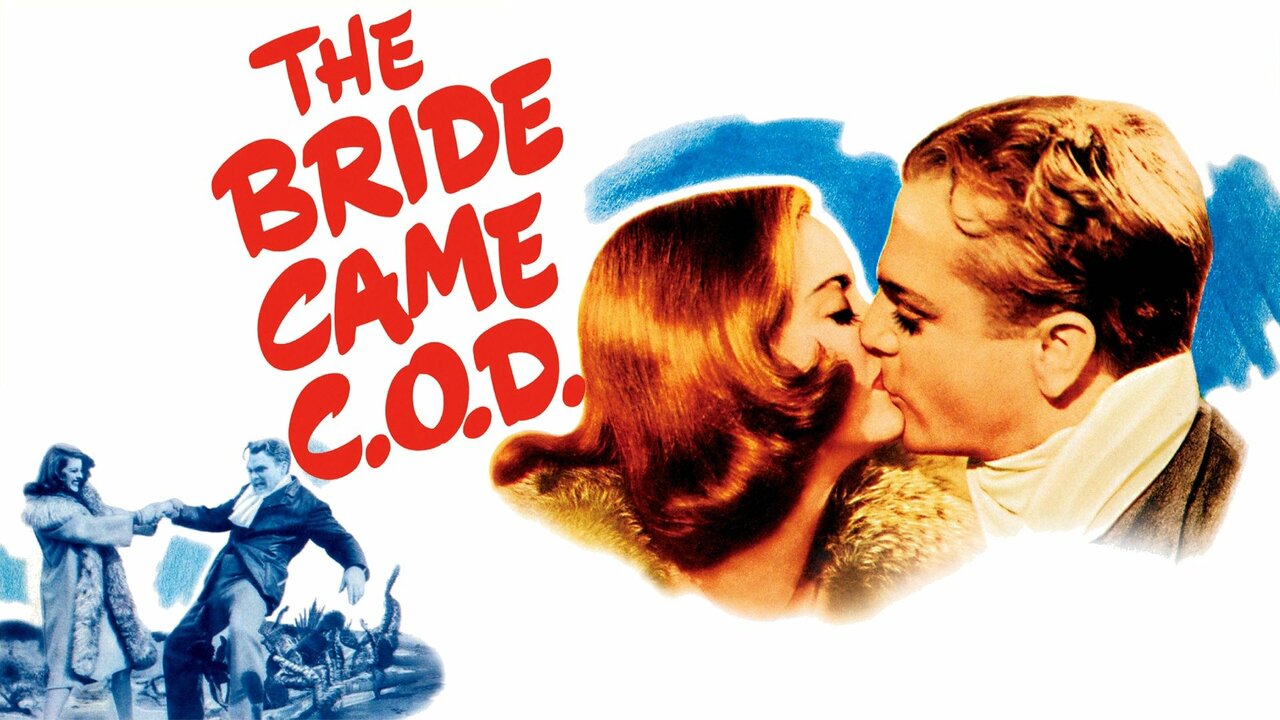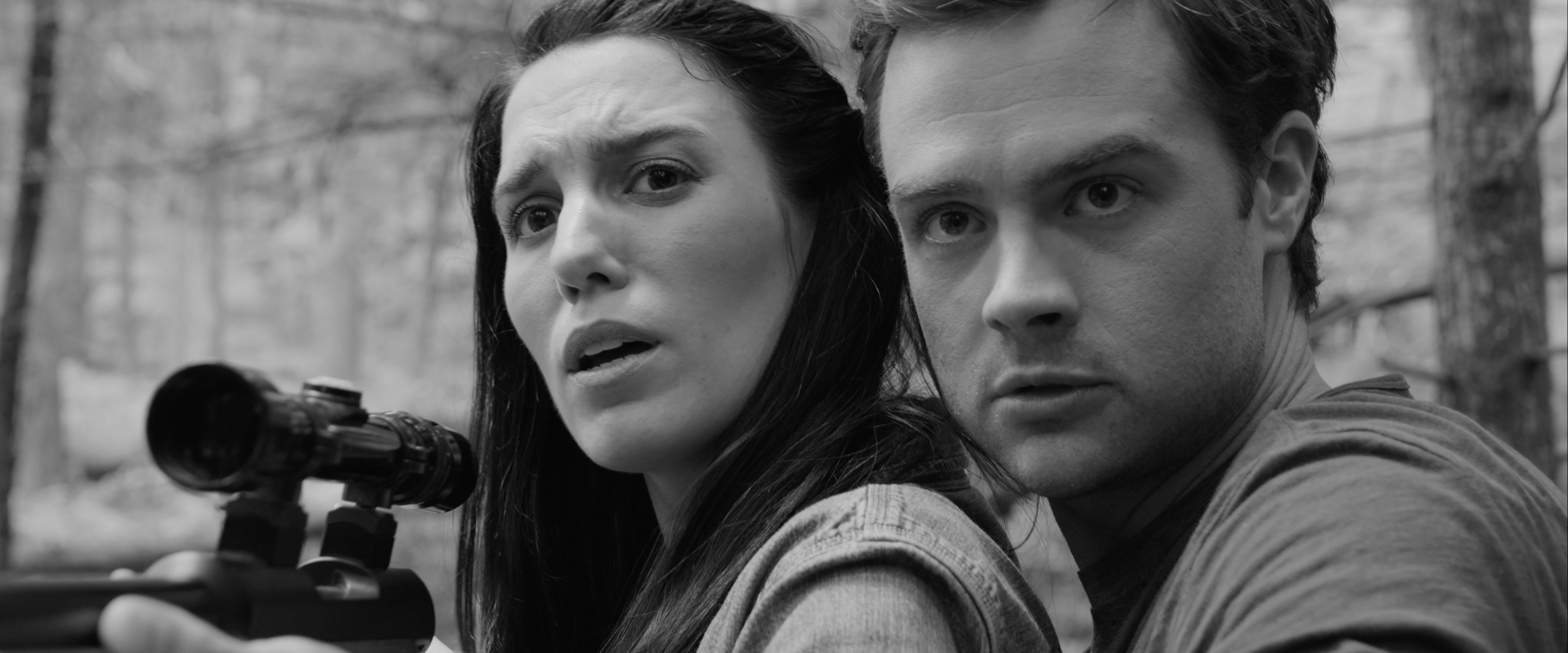
Writer/director William J. Stribling spoke to Solzy at the Movies about Bear with Us. The indie horror comedy is being released on Digital HD tomorrow.
Thanks for joining Solzy at the Movies today. How are things treating you?
William J. Stribling: Treating me very well. Thank you very much. Glad to meet you.
You, too. Bear with Us was a very funny film. How did this idea come to be?
William J. Stribling: That’s an interesting question. I think the basic idea started as simple as just let’s make a movie in one location and then it kind of expanded from there—kind of thinking logically: if we’re going to be one location, what’s the most interesting way to approach it? I like horror movies. I like cabin-in-the-woods movies. So let’ start with a cabin and now we got to get a reason to kind of keep them in the cabin. So I think what ended up happening as we went down that rabbit hole was all of the ridiculous twists, turns, and circumstances as we built around the plot came out of this idea of we don’t have a huge budget for the movie so we’re trying to force them all to stay in this location for as much time as possible.
Christy Carlson Romano is easily the biggest name in the cast for those of us who watched Disney in the early 2000s. How did you manage to land her and was she your first choice?
William J. Stribling: Yeah, so we didn’t actually have anyone in mind necessarily for the role when we began casting it. We hired a couple of casting directors out of New York and they were very excited about it. Christy was very high on there list. So when we started making offers to various actresses, her name came across in the email chain and I did a double-take. I couldn’t believe it. Like this is a possibility and we could potentially get her interested in the movie? They were like, “Yeah, why not?” The worst she could say is no.
So we sent over the script and pretty quickly, she and her reps had got back to us in her interest in doing it purely because it’s quite different from a lot of the other stuff she had done previously. She was looking to kind of get back into acting a little bit so I was very excited at that prospect. I sat down with her and her husband, who’s actually a screenwriter. We kind of talked through it and just felt each other out to make sure we’re on the same page. She was totally on the same page. It was kind of fun with her because she usually plays these harder, more cold characters. In this case, that’s kind of the service level and by the end of the movie, you realize that she’s the sane one in the relationship and her boyfriend is the insane one.
This was your second feature film. How was the process different from your first feature and did having a first feature under your belt make it less overwhelming?
William J. Stribling: Yeah, absolutely. It made it less overwhelming. My first feature I directed in 2012 and we were on set literally the day after I graduated from college. I graduated and the next day, we were on set so I just kind of dove in. That film had the same amount of shooting days but there like were 30 locations. I think on a similar budget—these ultra low budget range—30 locations was too many. It killed us and so when looking for my next project, it was a matter of, well, what could we do differently from before to set us up for a smoother process and that was the number one thing for me. We don’t have a ton of money. What we can do is on the page—on the script level, we can control the location. Of course, like it was technically a one-location money but when you get into the woods, the ranger’s station, and the restaurant—all these things added up. What started as a one-location movie became a twelve-location movie but those were all pretty small and we were living in the woods in the cabin for most of the shoot. I think that was the big thing that helped the second time around was kind of writing the script to the budget.
What was with the decision to make it in black and white?
William J. Stribling: The decision behind the black and white came before we even wrote it. For whatever reason, it was in my brain in black and white when the ideas were coming. I thought, okay, let’s run with this. Let’s keep going down this path, let’s keep building the story and the characters thinking in the future that this is ultimately going to be in black in white. I didn’t really think too much of it when we were writing it. As we were prepping the shoot and as we were shooting and editing in the process, I think I was able to reflect a little more on why I was able to have that instinct and personally, I think it’s a tonal thing. The film has a very unique tone that’s definitely very over the top and silly but it’s also really, really dark. I think the black and white helped us get away with some of the silly stuff and keeping it relatively grounded. Like you actually care about these people and the terrible things that happen to them in the movie—they don’t feel as cartoonish as they would be if the film was in color. The entire film was designed to be in black and white from day one. The first line of the script even says, “This film is in black and white.” I wanted people, even reading it on the page, to have that kind of context.
You had to stop production for a day because of nine bears wondering onto the set.
William J. Stribling: True.
What was that like and could you have done anything to prevent it from happening?
William J. Stribling: Definitely preventable, absolutely. Having never shot out in the woods before, we tried to prepare as best we could and we were very careful. We knew the area that we were shooting in had a lot of bears. We were careful about having food out but there was one table that had the craft services, snacks, coffee, and whatnot for the cast one day when we were out in the woods. Bears, as I know now, can literally smell food from a mile away. So what happened was we were out in the woods and filming and one of the crew members saw a bear approaching from 50 yards away. Everyone pretty much freaked out. The assistant camera—she picked up the camera and she ran to the truck. When you see a bear in person, it’s kind of scary. That one bear turned into nine over the course of the day. There were three cubs, three adult male bears, and the mama bear.
We just kind of retreated to our base camp and stayed inside. We just kind of regrouped and figured out what we could do. What we ended up doing—we didn’t lose a full day—we lost about half of the day. We tagged on some of the driving scenes that day to just do something so that we weren’t totally wasting time.
Our first AD called in a ranger who came and gave a talk to the whole cast and crew about what to do should a bear approach you while you’re shooting. The general idea was to make yourself bigger than the bear. Bears are generally more scared of you but American Black Bears are more and more comfortable with humans. They’re not really super intimidated by us. If you make loud noises and make yourself bigger than them, they will run away. As he was giving the speech, a bear was creeping up behind him. We were all watching. He turned around and he demonstrated what taught us and the bear ran away. It was a fun little moment. In hindsight, we probably should have had that ranger come out on day one. If I ever go out to shoot in the woods again, that will be something to consider.
Also, going back to the black and white thing, all the blood in the movie was chocolate syrup. It’s much cheaper than movie blood, which is actually pretty expensive. Chocolate syrup shows up better in black and white. When you have Collin Smith covered in chocolate sauce and running around in the woods, that attracts bears more quickly as we learned.
Was the bear featured in the film CGI or was that an actual bear?
William J. Stribling: That’s a real bear. We took a day out of the schedule and we drove up to the Adirondacks. That’s like a movie bear. She’s “trained” but as we learned, you can’t really train a bear. You can motivate them. She was raised from a cub. She was abandoned by her mother as a baby. These animal trainers—they train animals for all sorts of movies, TV, and commercials. They raised her. She was extremely comfortable around people. So, yeah, that was a hired bear.
As opposed to the ones who just happened to wonder on set.
William J. Stribling: Exactly, yeah.
How does it feel to see the film winning so many awards while playing the festival circuit?
William J. Stribling: It was cool. It was a weird movie and after you spend so much time with us, in your own brain, you kind of wonder whether it’s going to work for complete strangers. I had a teacher once in school who told us all that you’re totally not done until you’ve screened it in front of a room full of strangers. That experience, like actually kind of letting it out into the world and letting go of it, was worth it. Time and time again, the audiences were going nuts for it, which is extremely gratifying. It feels really good knowing how much hard work was put into it at every single level of the production and post-production. It’s something that I’m proud of everyone’s work that they’ve did. It’s nice when the audience also responds to the film. The awards are great but what’s cooler for me is just sitting in the back and listening to people laughing.
Are you working on anything at the moment?
William J. Stribling: Yeah, so Russ Nickel and I—he co-wrote the movie—are doing a comedy series. It’s a short series. Its nine episodes for company called Adaptive Studios out here in LA. It’s definitely like a cousin to Bear with Us. It’s an ensemble comedy but rather than having the horror edge to it, it’s more of a sci-fi comedy. It’s nine episodes but the episodes are short at 15 minutes a piece. If you add it all up, it’s like a feature film broken up into a handful of episodes. That’s what we’re working on now. We’re in post-production at the moment so the film is picture-locked so we’re at the point that we’re dealing with the visual effects, sound and the score, and all that. We’re really excited. That’s going to be finished relatively quickly, actually.
Thanks again for your time.
William J. Stribling: Of course, thank you.
Comedy Dynamics will release Bear with Us on Digital HD on August 15, 2017.

